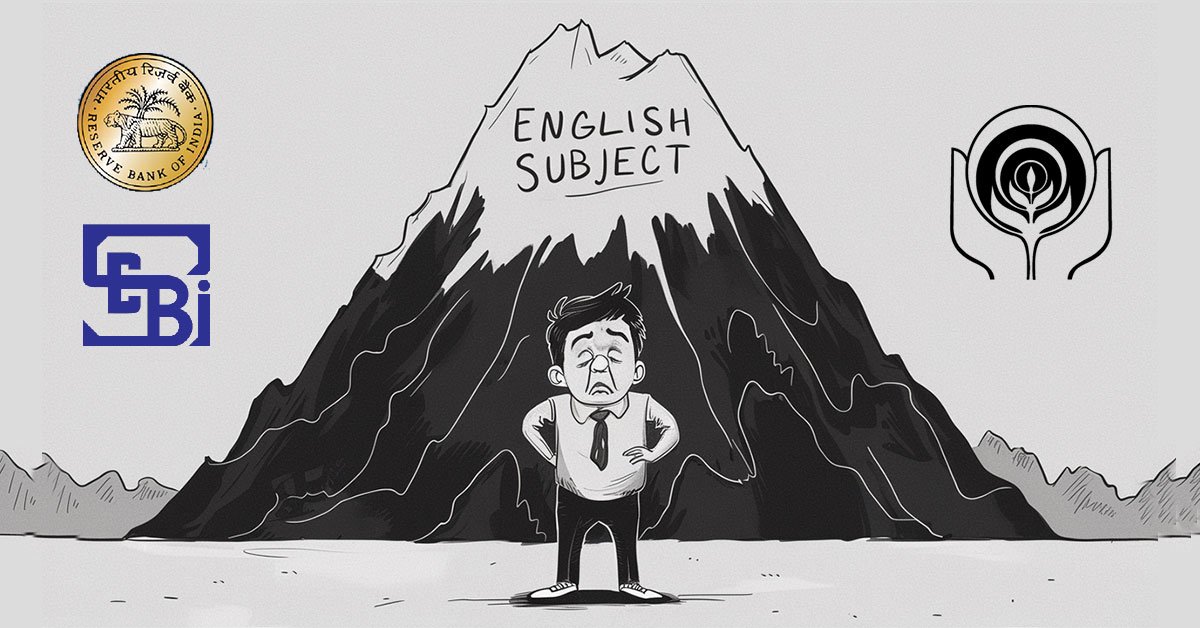Fiscal deficit refers to the gap between a government’s total expenditure and its total revenue (excluding borrowings). It represents the borrowing needs of the government to cover expenses.
Formula
Fiscal Deficit = Total Expenditure – Total Receipts (excluding borrowings)
- Expressed as a percentage of GDP
- India’s FY24 fiscal deficit is 5.63% of GDP
- The Narasimham Committee (1997-98) recommended its introduction
- Primary deficit measures fiscal deficit minus interest payments
Fiscal Deficit vs. Fiscal Surplus
- Fiscal Deficit: When expenditure exceeds revenue, leading to borrowing
- Fiscal Surplus: When revenue exceeds expenditure (rare occurrence)
- Governments focus more on controlling fiscal deficit rather than achieving a surplus
Fiscal Deficit Targets in India
- Expected to reduce below 4.5% of GDP by 2025-26
- Estimated at 5.8% of GDP for 2023-24
National Debt & Debt-to-GDP Ratio
National debt is the total amount a government owes to its lenders at a specific time.
Key Formula:
Debt-to-GDP Ratio = Total Debt / Total GDP
- Higher fiscal deficits lead to increased national debt
- Major deficit-holding countries: Italy, Hungary, South Africa, Spain, France
- India’s debt-to-GDP ratio peaked at 88.5% in 2020-21
How Does India Fund Its Fiscal Deficit?
Borrowing from Bond Markets
- Government raises money through bonds
- 2024-25 borrowing target: ₹14.13 lakh crore (lower than 2023-24)
- RBI’s Open Market Operations (OMO) influence government borrowing
- Excessive OMO increases money supply, leading to inflation
Monetary Policy & Interest Rates
- Post-pandemic, lending rates have risen, making borrowing costly
- FRBM Act (2003): Aims to limit total government debt to 60% of GDP by 2024-25
- FRBM Review (2023): Recommended maintaining a 60% debt-to-GDP ratio
Impact of Fiscal Deficit
- A high fiscal deficit can lead to:
- Inflation: Fresh money printing increases price levels
- High Interest Rates: Government borrowing raises cost of credit
- Crowding Out Effect: Private sector struggles to borrow
- Debt Trap: Rising debt burdens future generations
- Credit Ratings: Affects India’s global financial reputation
Conclusion
Fiscal deficit is a critical economic indicator influencing inflation, interest rates, and national debt. While borrowing is essential for growth, maintaining fiscal discipline is crucial for economic stability.



















